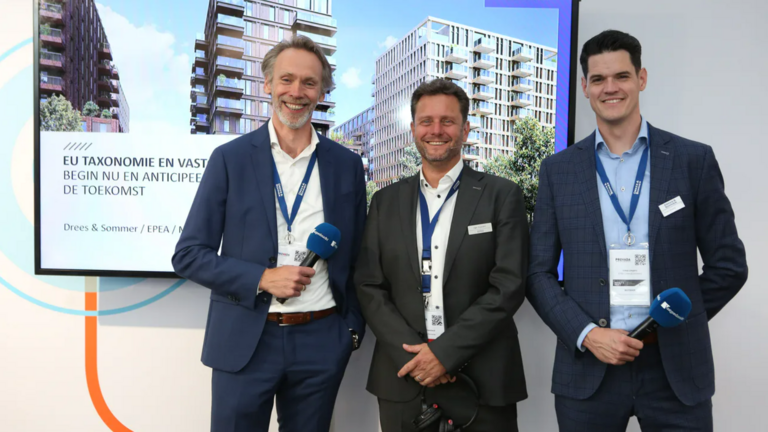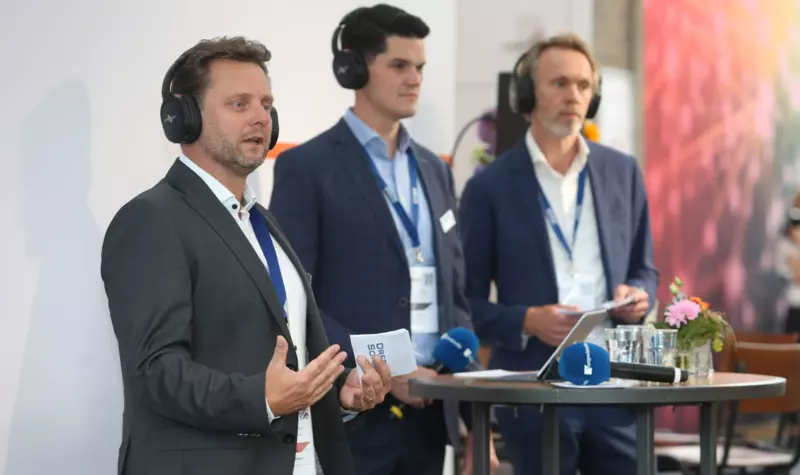The challenge is both complex and urgent. Among other things, the EU Taxonomy requires property investors to show what percentage of their outstanding capital they have invested in green categories. Drees & Sommer, alongside EPEA and Madaster, provide insight into how sustainable a development or existing building is, as revealed at Provada 2022.
This Provada session was organized in collaboration with Vastgoedmarkt.
How do you make a catch-all term like ‘Sustainability’ tangible and measurable in the real estate sector? Exactly how green are your investments? And more importantly, how can you, as a real estate investor, embrace and even accelerate the circular economy? These questions are a crucial focus of the EU Taxonomy: the European classification system for sustainable activities of businesses and governments, which, among other things, is intended to boost investment funds of around 10 trillion Euros in a more sustainable direction. That is, if you can get through and understand the taxonomy, which is no easy feat. “It's roughly 1,100 pages and consists of two volumes, which will take you months,” says Elger Groenland, Head of Real Estate Consulting at Drees & Sommer Netherlands, a property consultancy and project management firm. "Besides, not everything in the taxonomy has been fully detailed and clarified." During a session at Provada, Drees & Sommer, EPEA and Madaster gave participants advice on what they can do today to respond to changing legislation and regulations related to this EU Taxonomy.


